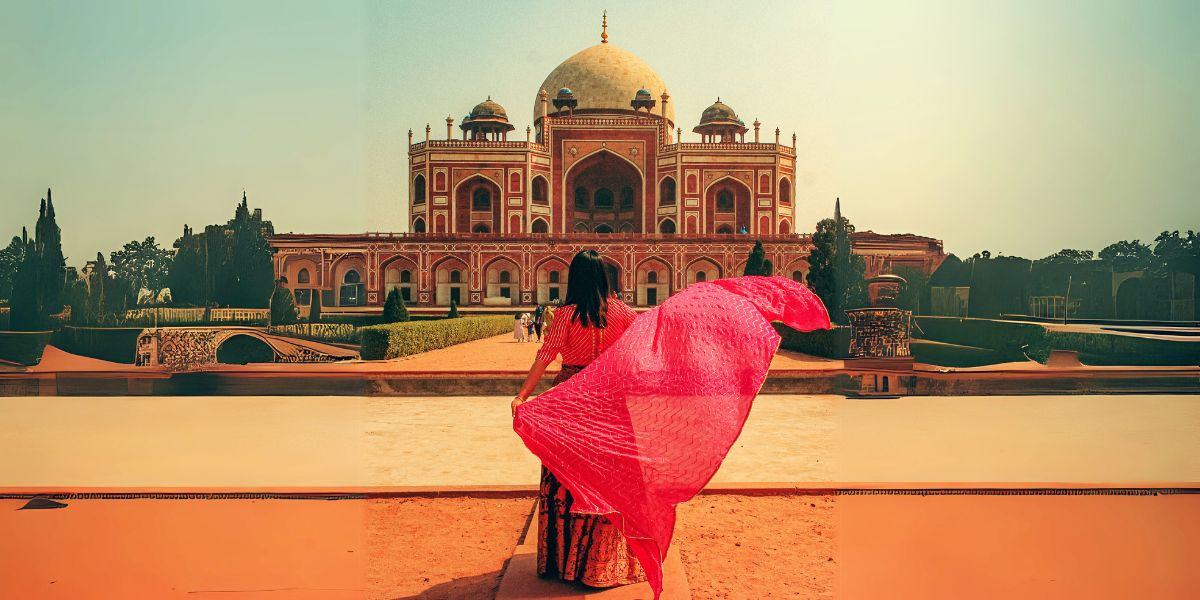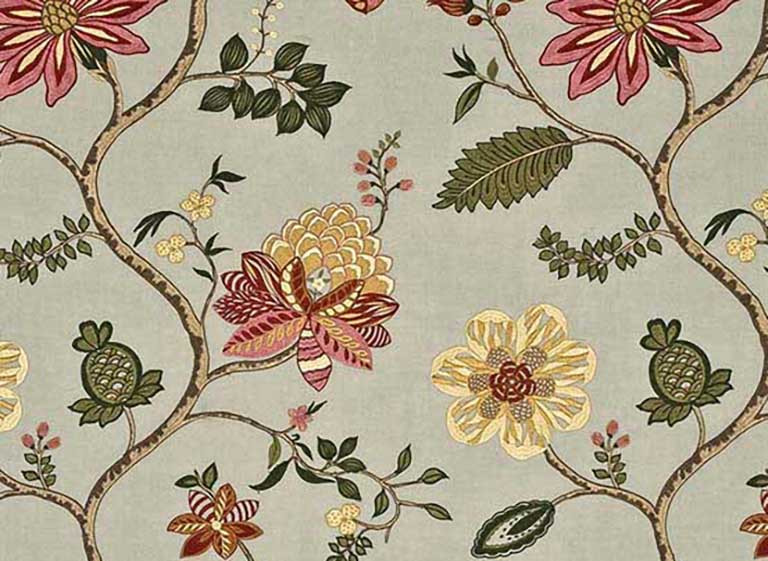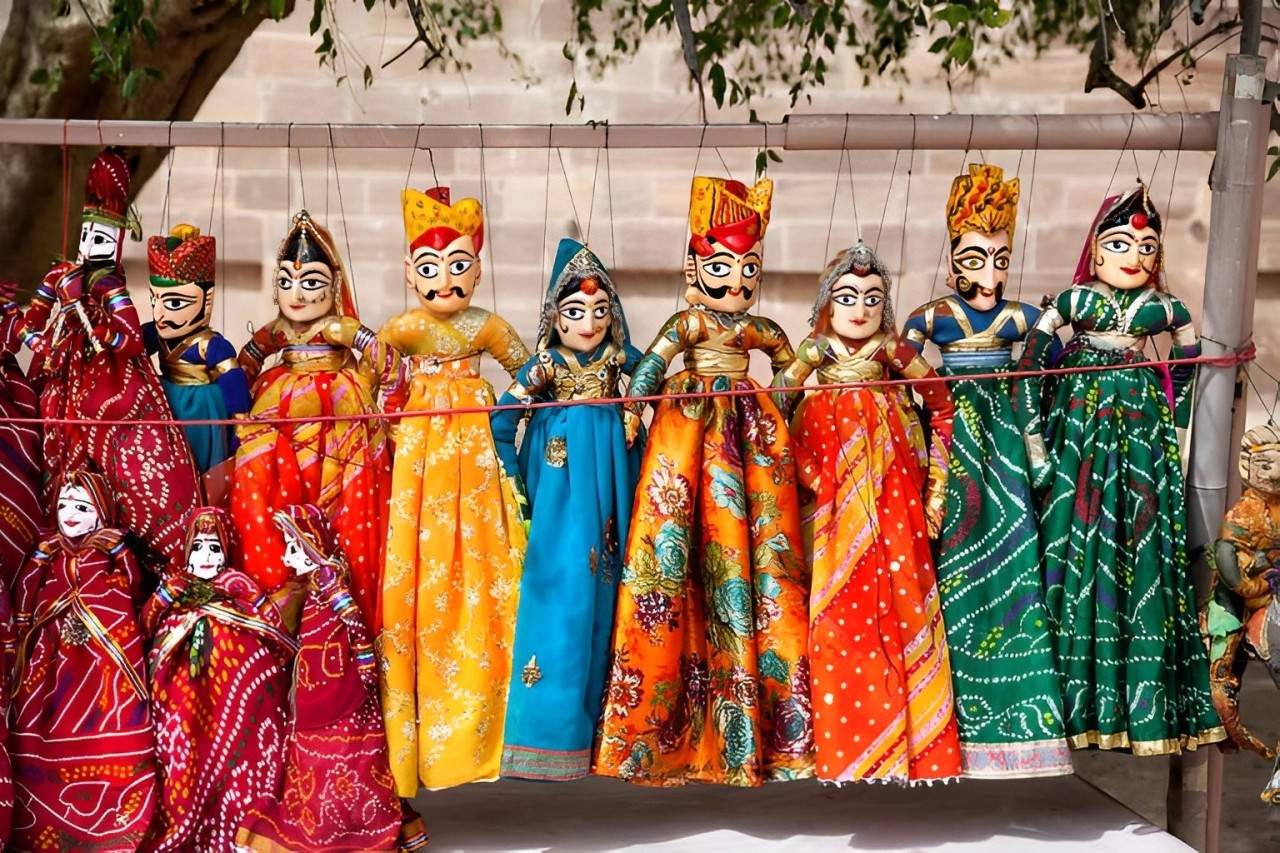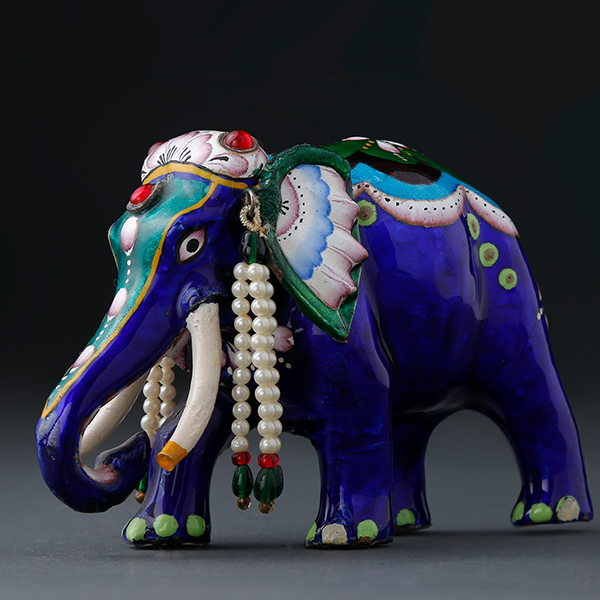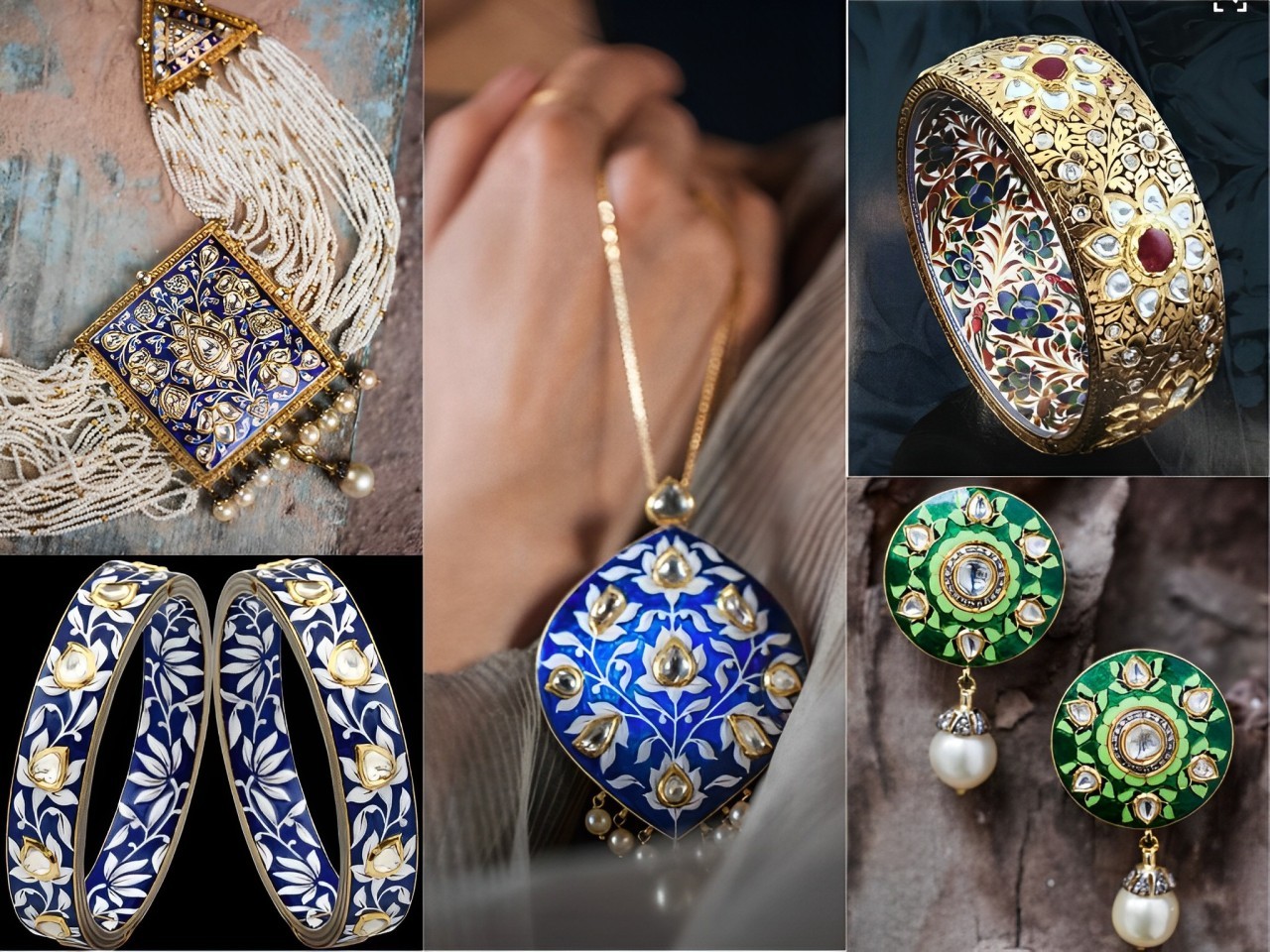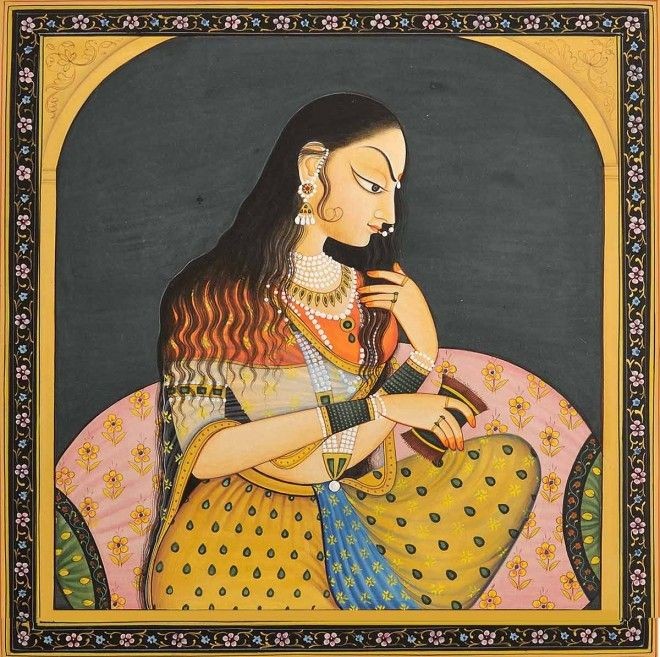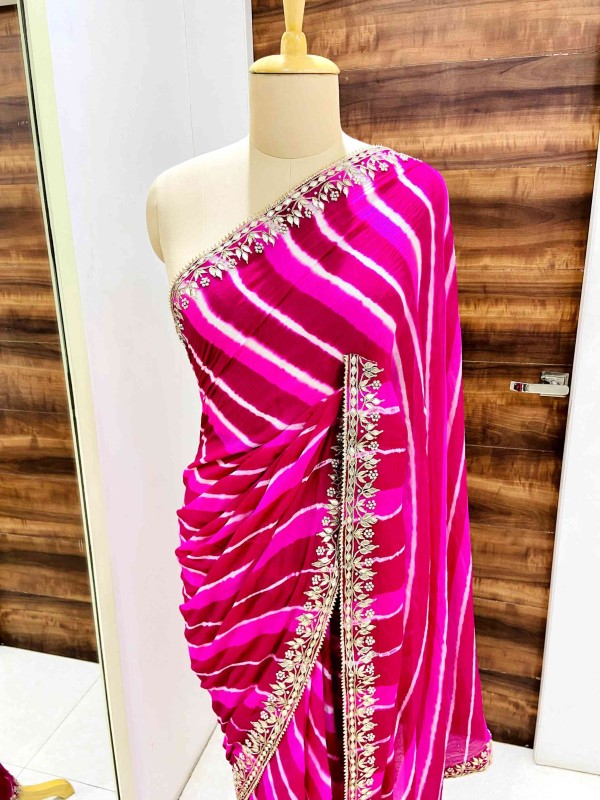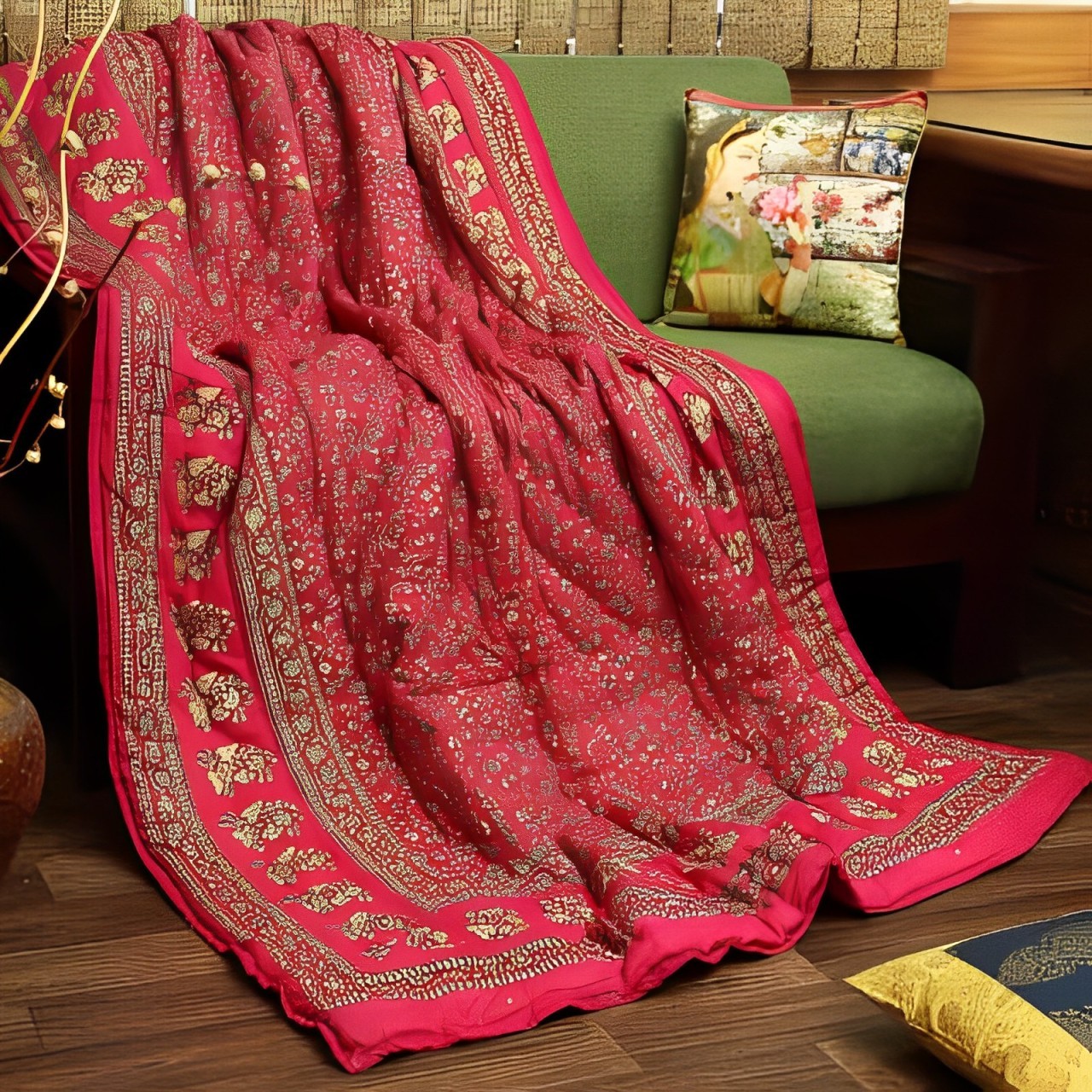The Royal Art of Jaipur: A Journey Through Stone Sculpture
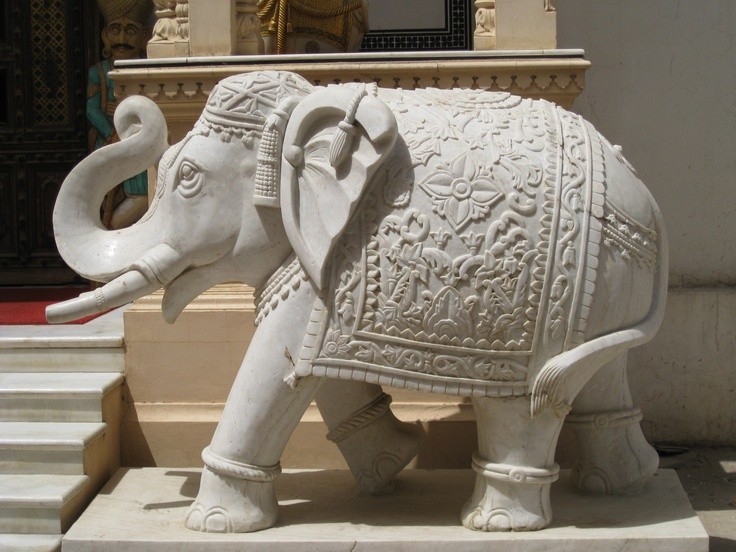
Jaipur Stone Sculpture
A stone sculpture is an object made of stone which has been shaped, usually by carving, or assembled to form a visually interesting three-dimensional shape. Stone is more durable than most alternative materials, making it especially important in architectural sculpture on the outside of buildings.
Stone carving includes a number of techniques where pieces of rough natural stone are shaped by the controlled removal of stone. Owing to the permanence of the material, evidence can be found that even the earliest societies indulged in some form of stonework, though not all areas of the world have such abundance of good stone for carving as Egypt, Persia (Iran), Greece, Central America, India and most of Europe. Often, as in Indian sculpture, stone is the only material in which ancient monumental sculpture has survived (along with smaller terracottas), although there was almost certainly more wooden sculpture created at the time.
Petroglyphs (also called rock engravings) are perhaps the earliest form: images created by removing part of a rock surface which remains in situ, by incising, pecking, carving, and abrading. Rock reliefs, carved into "living" rock, are a more advanced stage of this. Monumental sculpture covers large works, and architectural sculpture, which is attached to buildings. Historically, much of these types were painted, usually after a thin coat of plaster was applied. Hardstone carving is the carving for artistic purposes of semi-precious stones such as jade, agate, onyx, rock crystal, sard or carnelian, and a general term for an object made in this way. Alabaster or mineral gypsum is a soft mineral that is easy to carve for smaller works and still relatively durable. Engraved gems are small carved gems, including cameos, originally used as seal rings.
Carving stone into sculpture is an activity older than civilization itself, beginning perhaps with incised images on cave walls. Prehistoric sculptures were usually human forms, such as the Venus of Willendorf and the faceless statues of the Cycladic cultures of ancient Greece. Later cultures devised animal, human-animal and abstract forms in stone. The earliest cultures used abrasive techniques, and modern technology employs pneumatic hammers and other devices. But for most of human history, sculptors used a hammer and chisel as the basic tools for carving stone.
Stone Craft in Jaipur
Jaipur is a hub for hand-carved marble wear especially statues and bowls. A reason for the high quality of craft development is also proximity to quarries in Makarana, Dungarpur, and Dausa, which were all traditionally leading centres for high-quality stone. Over the years, many craftspersons from other regions in Rajasthan have migrated to Jaipur purely because it offers good facilities, transportation, and a better market for finished products. The thriving community is now mostly settled in the old city in and around Khazanewalon ka rasta and Bhindo ka rasta. These murtikaar (sculptors) mostly work in creating idols of deities.
First, a drawing of the desired design is created on paper to scale to act as a reference. The drawing is marked with a grid that divides the sculptors into symmetric units. The image follows very strict guidelines, so much so that certain sculptors specialize in creating images of certain deities.
The stone is then cut and shaped using power tools, in the beginning, to saw off the major chunks of stone. Chisels and other hand tools are then used to carve the major details with care. The stone is dressed and polished to a fine texture. Most idols in Jaipur are made in marble and are polished carefully using hand tools. This involves using an iron brush to give the statue a weathered finish, staining it with tea to give it a deep brown colour that soaks into the stone.
These sculptures are then hand-painted and dressed up with metal or paper mâché crowns and adorned with smaller pieces of jewellery to finish the look. Marble sculptures can be fully hand-painted using a golden applique to highlight crowns and other jewellery.
This craft has evolved over the past century and the market is constantly expanding for stone carved idols and artefacts. While new stone carving clusters continue to grow outside Jaipur as well, a steady stream of craft persons’ lives and work in the walled city.
Types of stone used in carved sculptures
- Soapstone, with a Mohs hardness of about 2, is an easily worked stone, commonly used by beginning students of stone carving.
- Alabaster and softer kinds of serpentine, all about 3 on the Mohs scale, are more durable than soapstone. Alabaster, in particular, has long been cherished for its translucence.
- Limestone and sandstone, at about 4 on the Mohs scale, are the only sedimentary stones commonly carved. Limestone comes in a popular oolite variety, about twice as hard as alabaster, that is excellent for carving. The harder serpentines can also reach 4 on the Mohs scale.
- Marble, travertine, and onyx are at about 6 on the Mohs scale. Marble has been the preferred stone for sculptors in the European tradition ever since the time of classical Greece. It is available in a wide variety of colours, from white through pink and red to grey and black.
- The hardest stone frequently carved is granite, at about 8 on the Mohs scale. It is the most durable of sculptural stones and, correspondingly, an extremely difficult stone to work.
Basalt columns, being even harder than the granite, are less frequently carved. This stone takes on a beautiful black appearance when polished.
Tools -
The tools required for carving are few and simple and were initially custom made by the blacksmiths in Alwar. Today these tools are easily available in market. Following are the tools used in the process:
Hatodi (Hammer):
The hammers of different sizes are used for different purposes. They are used to hit the chisel for carving. The wooden head hammer is used for soft strokes to get fine details. The ones with big metal heads are used for initial removing of the stone. Later small head hammers are used for detailed and intricate works/ motifs.
Chheni (Chisel):
An iron tool with sharp and flat-edge is used initially for removing unwanted material to get a rough outline on the stone. Two types of chisel; flat and round headed are used for specific purposes. Round chisel is used for minute or detailed work- usually for carving ornaments, face, eyes etc.
Drills:
Artisans use a lot of machine tools to get fine details and also to decrease the time to make the product. Drills are used to carve out fine folding of the garments and other facial expressions. Mainly sophisticated machine tools are used, as they are durable and safe.
Planer:
This is used for smoothening the rough edges, whenever required.
Files:
Stone filers are used to file the surfaces. These files come in various grades of roughness.
Buffing Machine:
This is used for finally smoothening/ polishing the surface. It has rings of stitched cloths of different grades of fineness.
Aari (Saw):
This is used for cutting the stone slabs into the required sizes.
Lathe Machine:
These are huge machines used to make circular, cylindrical or hemispherical stone products.
Prakaar (Compass):
Compass is used for making marks on the stone surface.
Scale:
A Scale is used for measuring and marking.
Right Angle:
This is used to make perfect angles on the stone for making cuboids or cube.
Brush:
Brush is used for cleaning the stone powder which collects on the outer surface of the statue while carving out details.
Blower:
This is used to blow away the stone dust from the statue especially from those parts where the brush cannot reach or when dust collects on the inner parts of the statue.
Pencil or Markers:
Pencils and markers are used to sketch rough outlines on the stone before the chiseling process starts.
Rubber Pipe:
This is used to supply water to the stone and machine whiles the drilling work takes place. Water helps in preventing the dust to fly.
Raw Materials-
Jaipur is the center of marble craving in the state. The raw materials used in stone carving are as follows:
Safed Patthar (White Marble) -
Marble is the main raw material and is available in many shades and qualities across Rajasthan. Ajmer, Jaipur, Jodhpur, Bikaner and Udaipur represent the hub of marble in the state. The finest quality marble in the country is mined at Makrana. They are mined in the form of big boulders. The quality of the marble is defined by its whiteness and density. The less porous marble is more superior in quality and hence more expensive. Since the best of the marbles are exported so the artisans have moved to other options. They use a super white stone procured from Vietnam. This stone is imported to Rajasthan and then the artisans buy it from big suppliers/sellers. The rate starts from 1 lakh/ton and increase with the fineness and quality. Artisans buy marble from Alwar, Makrana or Ambaji.
Varak (Silver and Gold Foil) -
Varak is used for applying on the idols. Jewelries and borders of cloth are ornamented with real or artificial Varak. This is applied with the help of chemicals.
Acrylic or Oil Paints -
Chemical colors are used to paints floral patterns on the products as a substitute to gold, silver and other precious stones.
Precious Stones -
A lot of colorful precious stones are used for inlay work. These stones are cut and the inlay work is done by the artisans themselves.
Regmaal (Sandpaper) -
Sand paper is used for smoothening/polishing the rough surface in order to give the final touches to the carved pieces.
Wax Polish -
Once the product is made it is polished with wax. Marble is a porous stone therefore to prevent it from absorbing any liquid it is polished wax.
Araldite -
Araldite is used to stick the broken pieces together. It is available easily in the market.
Geru (Red Soil) -
This is used for marking on the marble while finishing. Once the product finished it is rubbed and washed off.
Rough and unfinished statues -
Rough block forms of unfinished statuary are known and are in museums. Notable are the Akhenaten, Amarna Period statuary found at Akhetaten. One known sculptor, Thutmose (sculptor), has his entire shop excavated at Akhetaten, with many unfinished block forms.
Making Process:
Jaipur is the main center for stone carving, especially for marble inlay work. The process of making stone sculptures or products can be categorized into following steps:
- Marking
- Cutting
- Finishing
- Cladding
- Inlay
- Polishing
Marking -
After purchasing a fine quality marble from the quarries, it is brought to the workplace/workshop and cut into desired size/s. To make the figure, a vertical line is drawn along the axis and then a two-dimensional outline of the proposed design is drawn on the rough boulder, using a marker, a scale, right angle and compass wherever required. This is a rough hand drawn sketch in order to get an idea of the proportions and locations. During the process of cutting by stone-cutting machines water is supplied constantly so that the dust settles down.
Cutting -
Once the marking and outline is carved, the artisan with the help of hammer, chisel and drills extracts/bring-out the final figure by removing the unwanted material. Initially flat big chisels are used to scrap off the stone and get a rough shape of the desired figure. After that again a second level of sketching is done to mark the detailing.
The process of making outline goes on as the craftsman goes along carving. Small fine chisel and drills are used for chiseling and drilling to give fine detailing and final shape to the object. The process of carving starts by giving shape to the body and then other parts like face, fingers and nails. Further minute details are carved out after completing the whole sculpture.
If some piece of stone breaks while carving it is stuck with using araldite. While scraping, the stone dust get collected on the object and then it is cleaned either by brush or with the help of a blower. The dust from Makrana marble is less harmful to health as compared to the one from Alwar since it is less fine. A little precaution in eating habits helps in preventing the impurities to harm. Artisans eat jagery with ghee which helps in removing off the dust inhaled.
Finishing -
After carving out the whole figure sandpaper of 80, 120, 00 numbers are used to smoothen the rough parts of the statue. A mixture of Geru and water is applied on the marble sculpture, basically to define the regions on which finishing is pending. Finally the finishing is done using buffing machine.
Cladding -
Further, the product if necessary goes through the process of cladding. Artisans use different materials to achieve the desired result depending on the demand. Initially gold and silver cladding was done on the idols but now with the increase in the rates of gold and silver artisans have shifted to low cost options like painting, using a combination of acrylic colors and oil paints. Cladding is done by pasting very fine foils (Varak) of silver and gold on the places to be highlighted like jewelry and borders of the cloth, with the help of chemicals.
Inlay -
The process of inlay is also carried where ever required. Craftsmen inlay finely cut precious and semi-precious stones in products, with high dexterity. These stones are cut at home by the women in the family and sometimes by the men.
Polishing -
In the end, the polishing is done depending on the nature of the product. The whole process of carving is conducted with immense care as a slightest crack can cause the idol useless for worship. An average idol of four feet can take around 20 – 30 days to complete. The processes are mainly conducted by the men, while the women are rarely involved in the finishing part.

